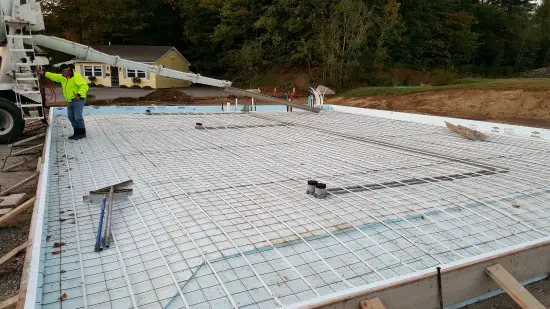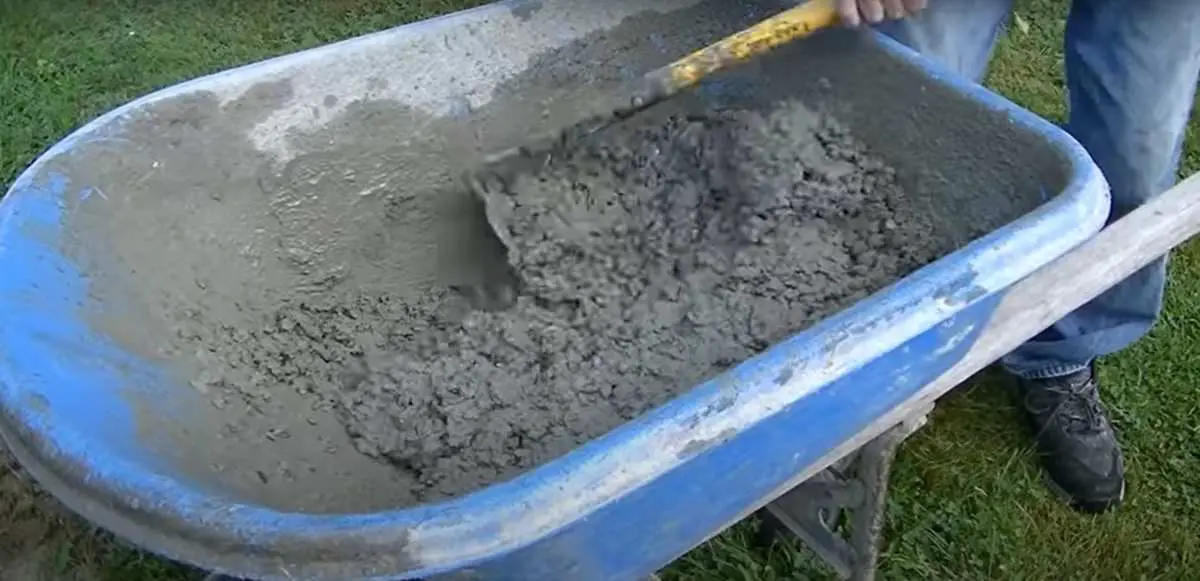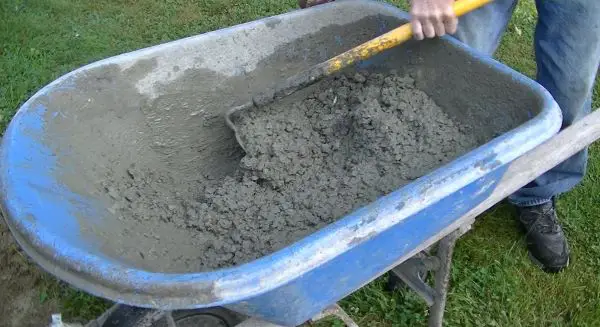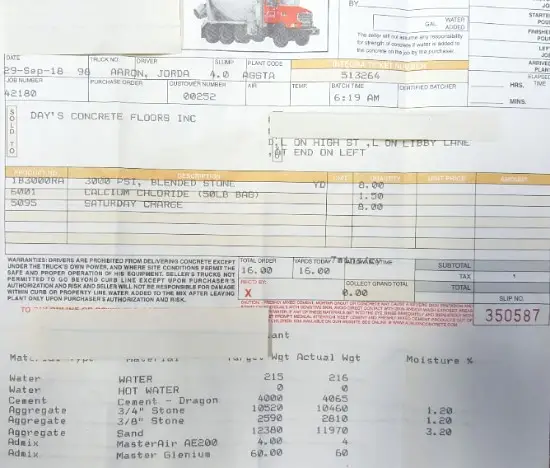Heat resistant concrete
by Wayne
Q. What type of concrete mixture would be best suited for use on a fire training pad ? The pad will contain steel pans with water and diesel fuel and frequently the diesel fuel is in direct contact with the concrete and ignited. I understand that this will be detrimental to the concrete but it is a necessary evil.
A. The mechanism behind heat-induced spalling is fairly simple. When concrete is exposed to temperatures above 212 degrees F, the boiling point of water, the moisture in the concrete turns to steam. If the temperature rises more rapidly than the steam can escape through the concrete matrix, the rising pressures exceed the strength of the concrete and it begins to spall. This spalling can be explosive in extreme cases.
The effects of fire on concrete are greatly influenced by the type of coarse aggregate used. Concrete containing carbonate aggregates (including limestone and dolomite) and lightweight aggregates (either naturally occurring or manufactured by expanding shale, clay, or slag) retain most of their compressive strength up to 1200 degrees F. However, concrete containing siliceous aggregates, such as granite, quartzite, schists, and other materials consisting largely of silica, retain only about 55% of their compressive strength at 1200 degrees F.
The damage to concrete caused by fire can range from minor cosmetic blemishes to more serious damage such as external cracking, delamination and spalling, internal microcracking, and chemical changes.
The most important factor for you to consider is the selection of aggregate. The differential thermal movement between the cement paste and the aggregate is what can cause damage. Quartzite aggregate is the most prone to fire damage by cracking through the quartzite aggregate and bond failure between the cement paste and the aggregate. Limestone aggregate exhibits better fire resistance when exposed to low temperature fire. Lightweight aggregate also performs well. For this situation, a 6 1/2-sack lightweight concrete should provide all the heat resistance you need.
At higher temperatures (above about 800 degrees F), high-heat-resistant concrete is generally needed. Light-weight aggregates have proven to be more heat resistant and so that is the first step--use lightweight. When temperatures get extremely high, (above 1000 degrees F), calcium aluminate cement produces a fire-resistant concrete.









